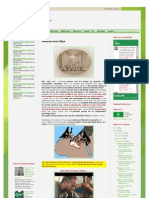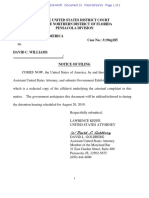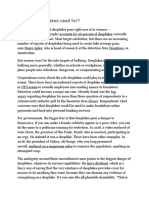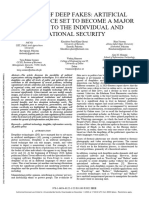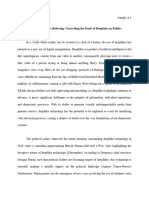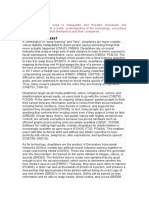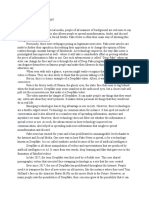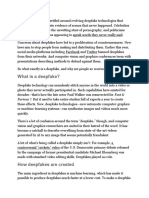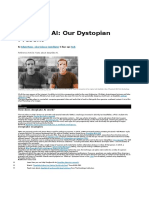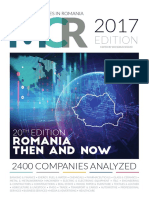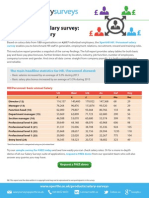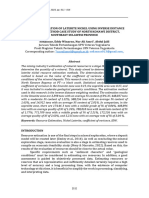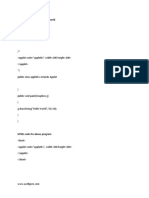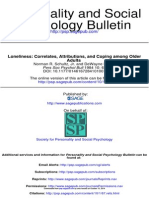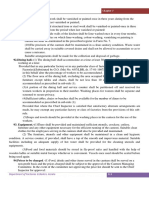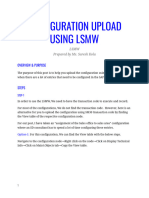100% found this document useful (1 vote)
377 views8 pagesDeepfakes Are Going To Wreak Havoc On Society. We Are Not Prepared
This document discusses the rise of deepfake technology and the threat it poses to society. Deepfakes enable the creation of realistic fake videos and images using AI. While initially used mainly for pornography, deepfakes are spreading to the political sphere where they could undermine elections and trust in institutions. The technology is improving rapidly and may soon be indistinguishable from real content, posing serious risks to democracy, national security, and public safety.
Uploaded by
Olivia Ioana FranculescuCopyright
© © All Rights Reserved
We take content rights seriously. If you suspect this is your content, claim it here.
Available Formats
Download as DOCX, PDF, TXT or read online on Scribd
100% found this document useful (1 vote)
377 views8 pagesDeepfakes Are Going To Wreak Havoc On Society. We Are Not Prepared
This document discusses the rise of deepfake technology and the threat it poses to society. Deepfakes enable the creation of realistic fake videos and images using AI. While initially used mainly for pornography, deepfakes are spreading to the political sphere where they could undermine elections and trust in institutions. The technology is improving rapidly and may soon be indistinguishable from real content, posing serious risks to democracy, national security, and public safety.
Uploaded by
Olivia Ioana FranculescuCopyright
© © All Rights Reserved
We take content rights seriously. If you suspect this is your content, claim it here.
Available Formats
Download as DOCX, PDF, TXT or read online on Scribd
/ 8




